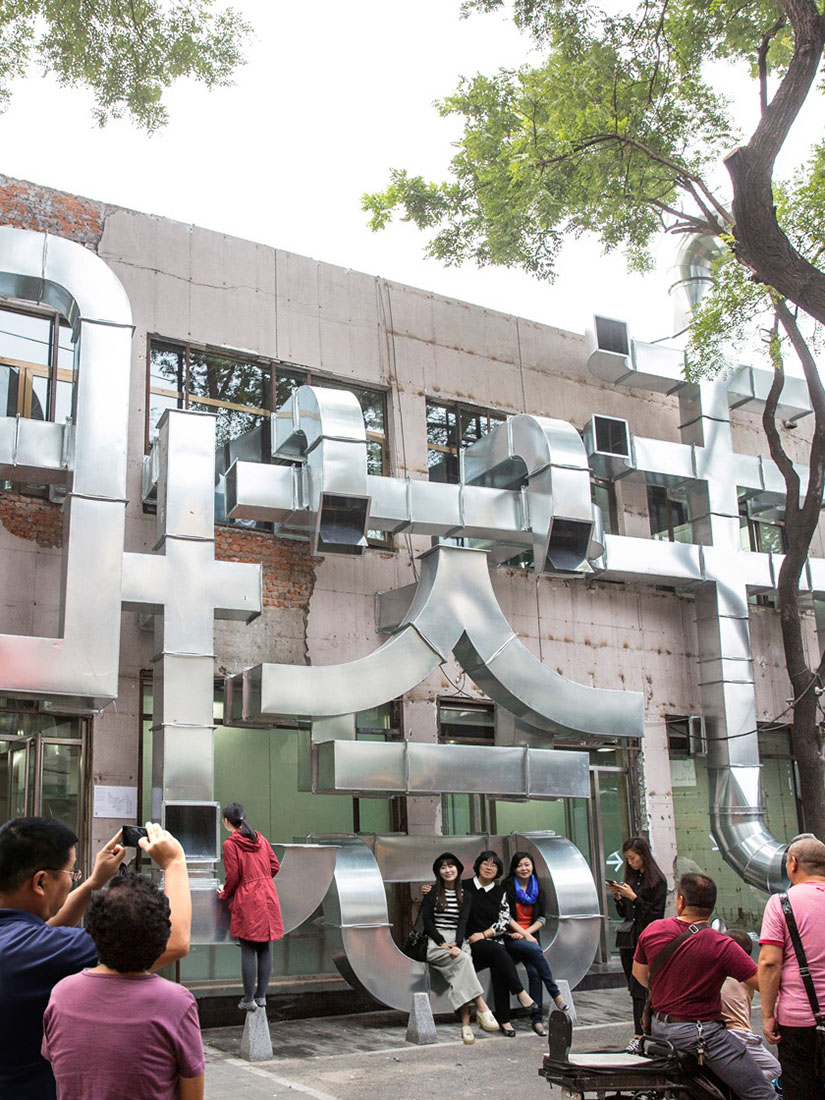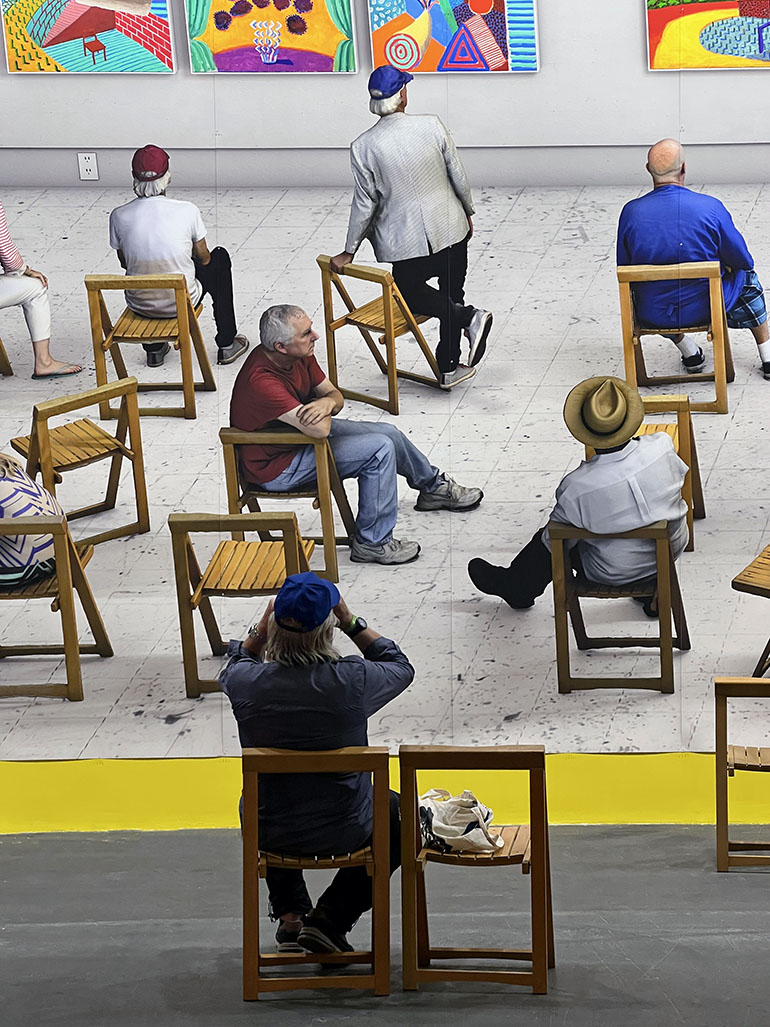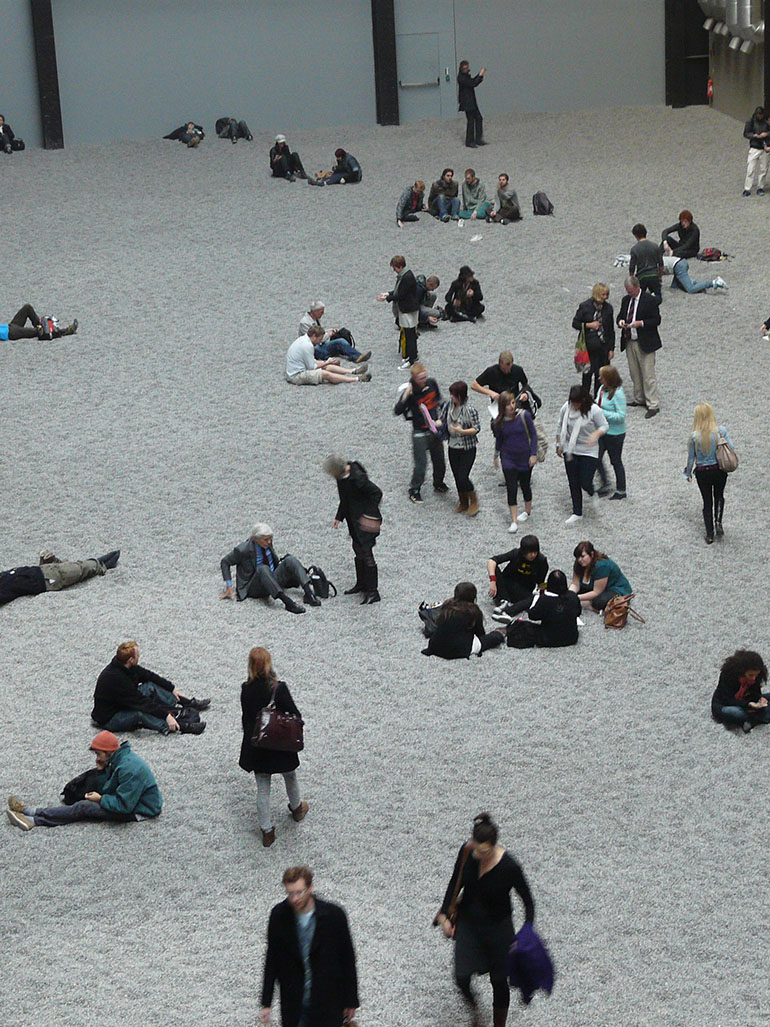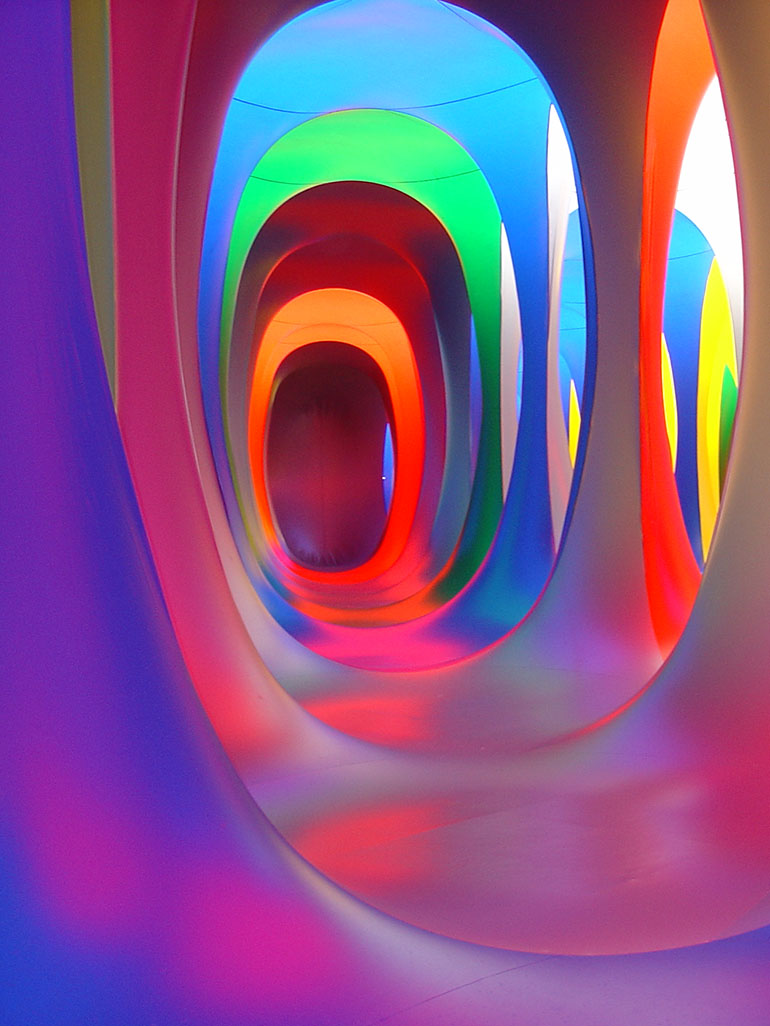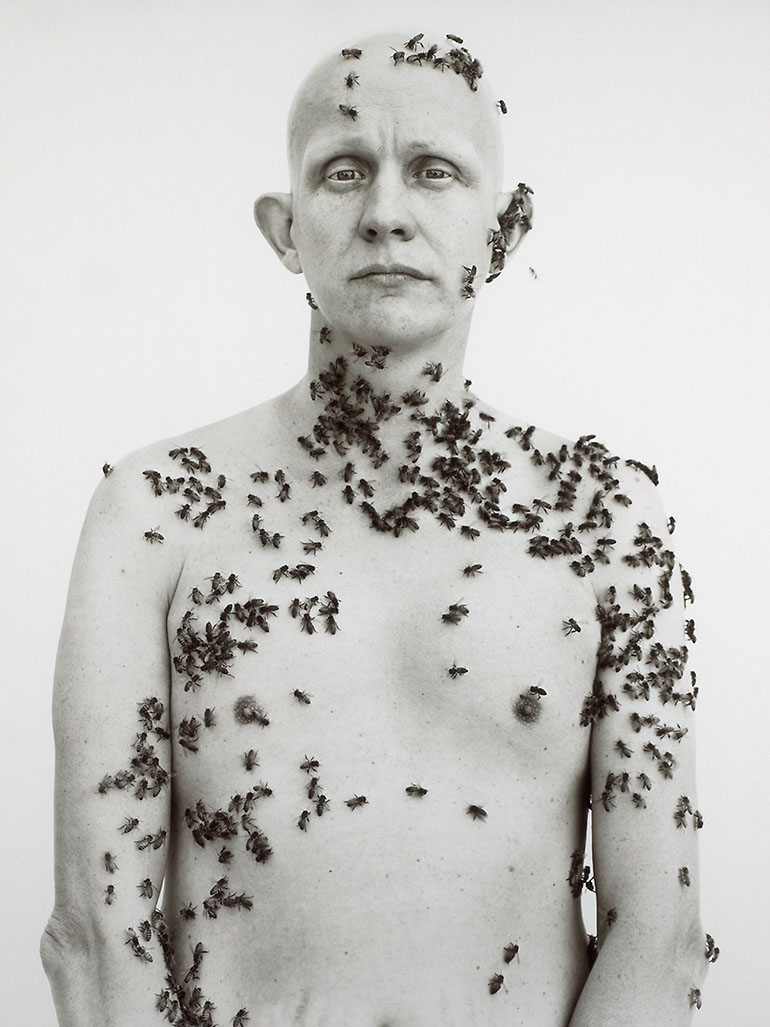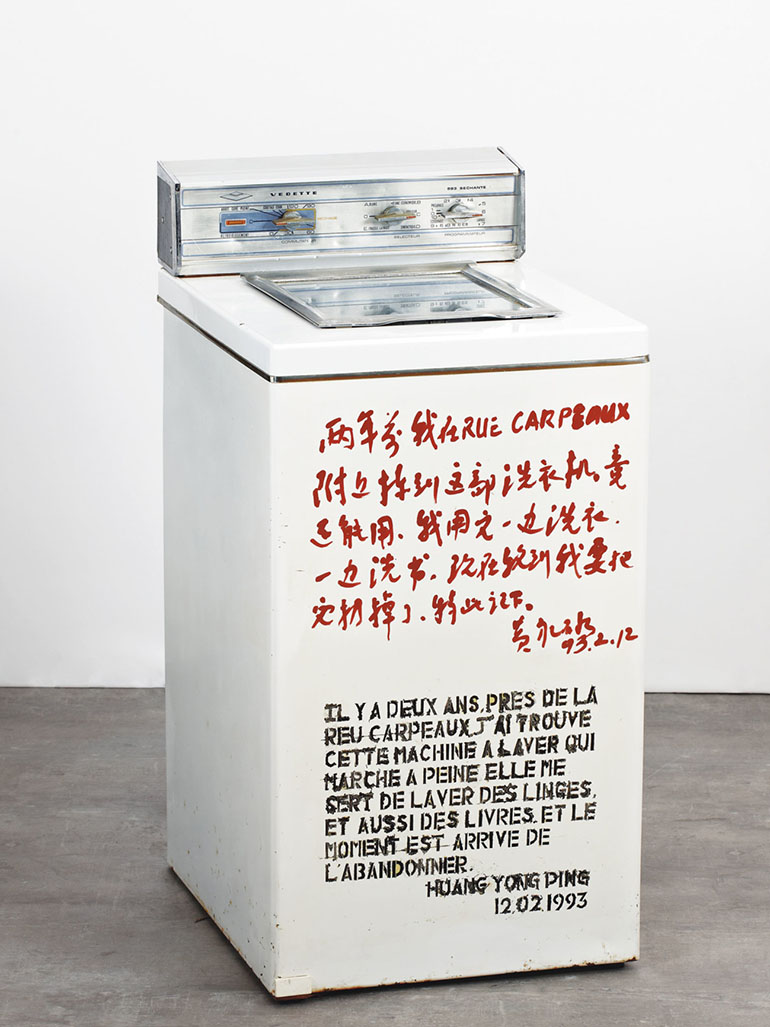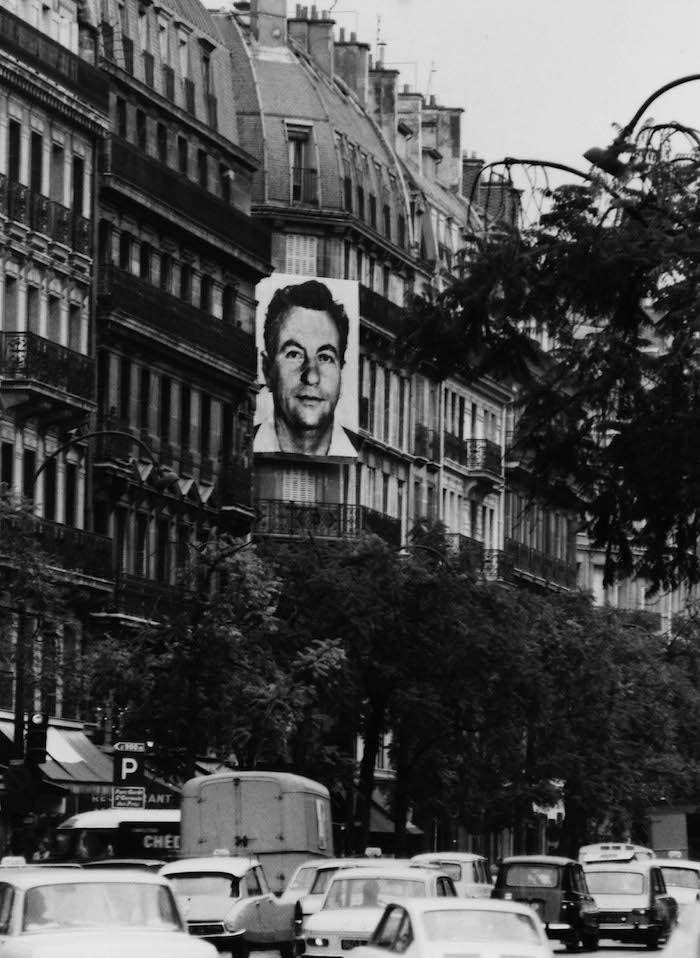
What is the Casual Passer-by project?
Braco Dimitrijević’s 1 Casual Passer-By series are a series of canvas-based photographs created as from 1971. The works feature large-scale 2 images of people that the artist met in the streets. Each piece comes with the exact time and place where the artist met with the person.
However, he did not always put the exact date. These portraits 3 of this groundbreaking 4 project were then placed on some of the prominent positions on the facades 5 of high traffic areas such as the museum, advertisement displays, or the underground train service.
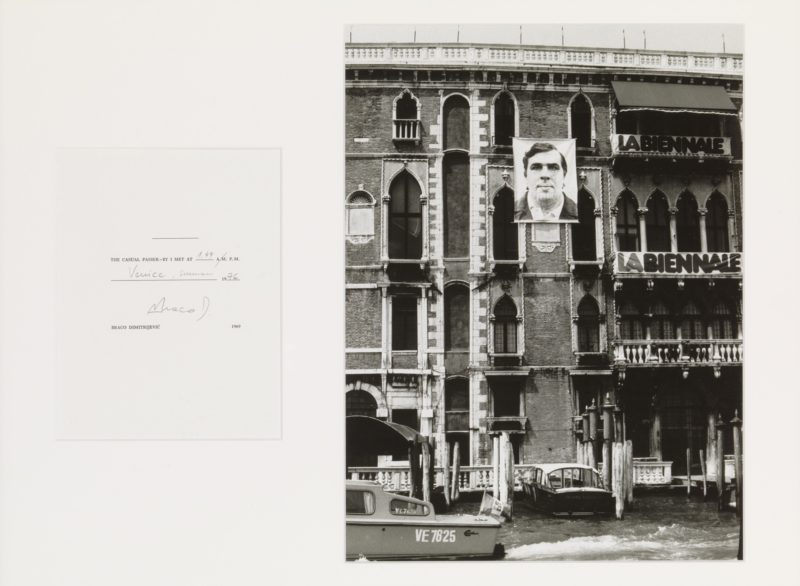
Highlighting the contrast between widespread exposure and individual understanding in his art, Dimitrijević said:
I recall, for instance, that Casual Passer-by on the Boulevard Saint-Germain des Prés in 1971 was, statistically, seen by five million people a day as they walked by. About five of them understood what it was all about. The ambiguity that lies between the five and the five million is interesting.
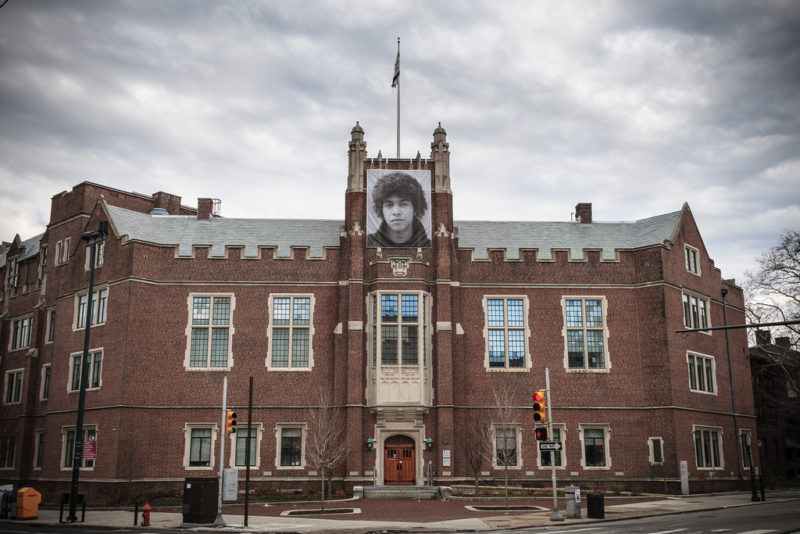
Global scope of the project
The global scope of the Casual Passer-By series underscores its universal appeal. By executing this project in various cities across the world, from Zagreb to Venice to Philadelphia, Dimitrijević captures the diversity of human experiences.
This worldwide implementation of his concept reflects a commonality in urban life and the shared nature of public spaces, regardless of geographical location. It highlights how art can transcend cultural and national boundaries, offering a universal language that resonates with people everywhere.
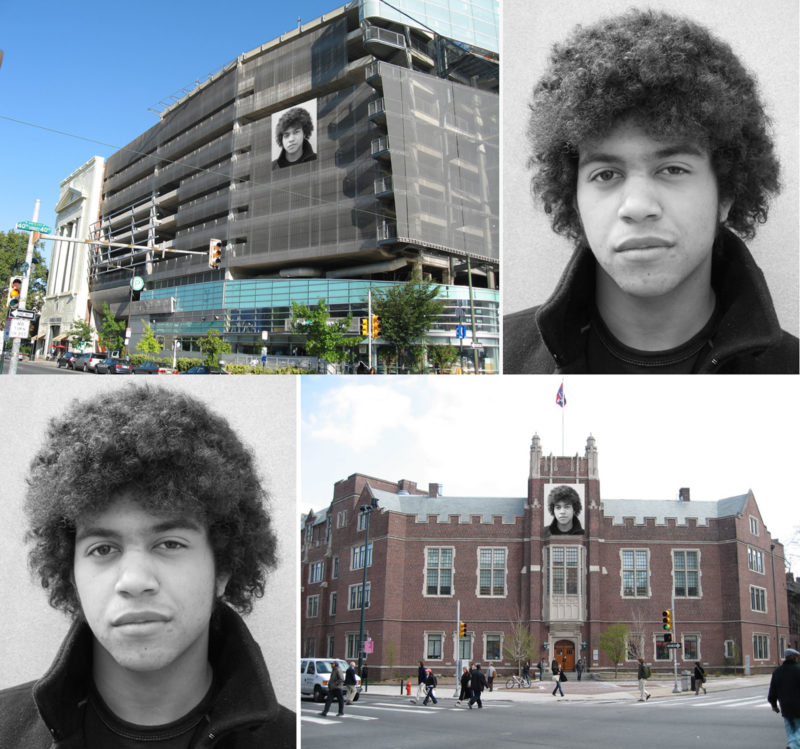
Interaction with urban & cultural landscapes
Dimitrijević’s strategic selection of locations for his installations showcases a thoughtful engagement with both the urban and cultural landscape of each city. Whether it’s the historic façade of a building in Venice or a modern structure in Philadelphia, each site is chosen for its unique ability to complement and contrast with the artwork.
This interaction creates a dialogue between the art and its environment, offering viewers a new perspective on familiar settings and emphasizing the role of art in shaping our understanding of urban spaces.
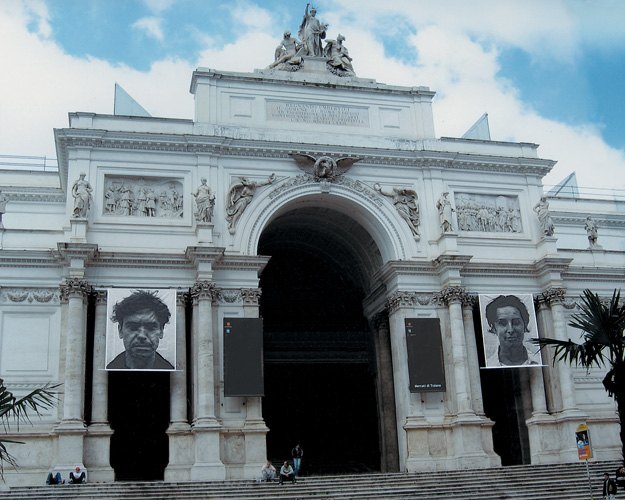
The idea behind it
The idea behind the large-format photographs and the choice of the location to display the images was to mislead the viewers. The people who came across the pictures assumed that the picture was that of a famous person, a celebrity, or a prominent political figure. Within the communist 6 world, large-scale images were a preserve of the political class and those whose ideologies influenced the government of the day.
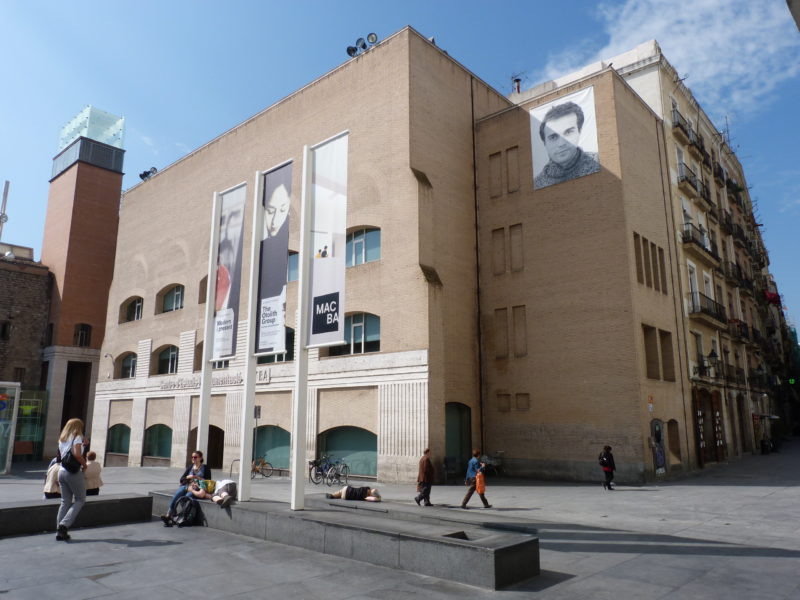
Personal philosophy & methodology
The personal philosophy and methodology underlying Dimitrijević’s Casual Passer-By series are centered on the principles of chance and spontaneity. His approach of selecting subjects through random encounters speaks to the egalitarian nature of his art.
The artist explained the concept behind his choice of subjects as follows:
The casual passer-by only embodies the principle of chance, one choice from a broad spectrum of possibilities.
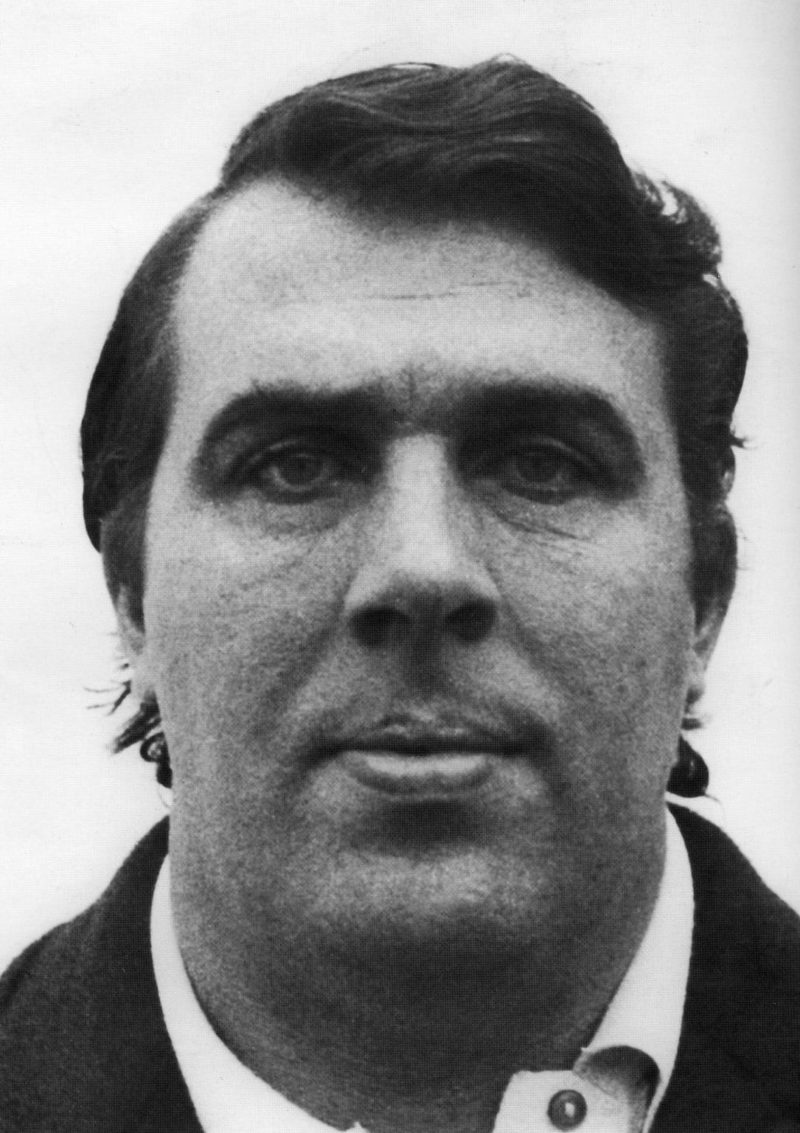
Each person, regardless of their background, has the potential to become the subject of a significant artistic work. This method not only democratizes the process of artistic creation but also celebrates the randomness and unpredictability of human life.

Art in public spaces
The Casual Passer-By series revolutionizes the concept of art in public spaces. By transforming urban environments into impromptu galleries, Dimitrijević’s installations challenge the traditional boundaries of where and how art is typically encountered. The streets, often bustling with activity and life, become a canvas for his artistic expression.
Discussing the impact of his work on public perception, the artist said:
There is no such thing as rupture in creation, but there are ruptures of perception.
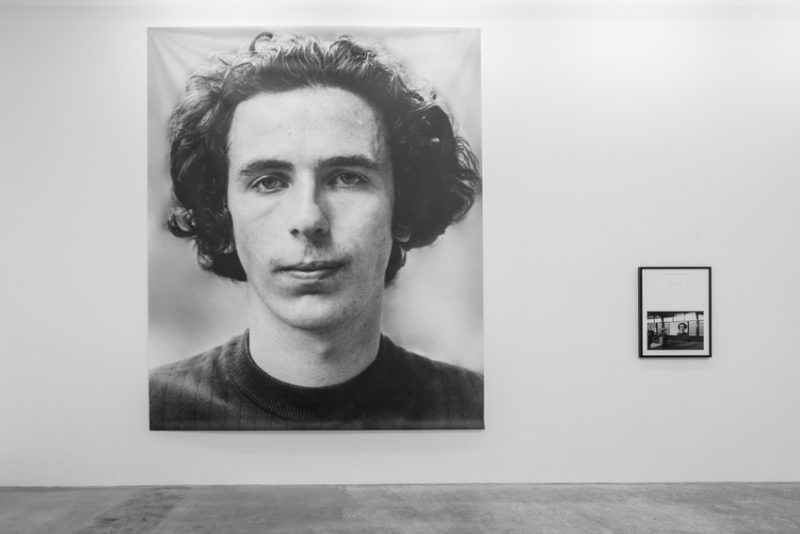
This approach democratizes art, making it accessible to a broader audience and integrating it into the daily life of the city. Dimitrijević’s work blurs the line between the art gallery and the public square, inviting passers-by to engage with art in a more personal and immediate way.
Speaking about his philosophy of making art accessible to all, Dimitrijević said:
Louvre is my studio, street is my museum.

Questioning social hierarchies
In his Casual Passer-By series, Dimitrijević provocatively challenges established social hierarchies. By giving ordinary people a prominence usually reserved for celebrities or political figures, he questions the societal norms that determine who is deemed worthy of public admiration.
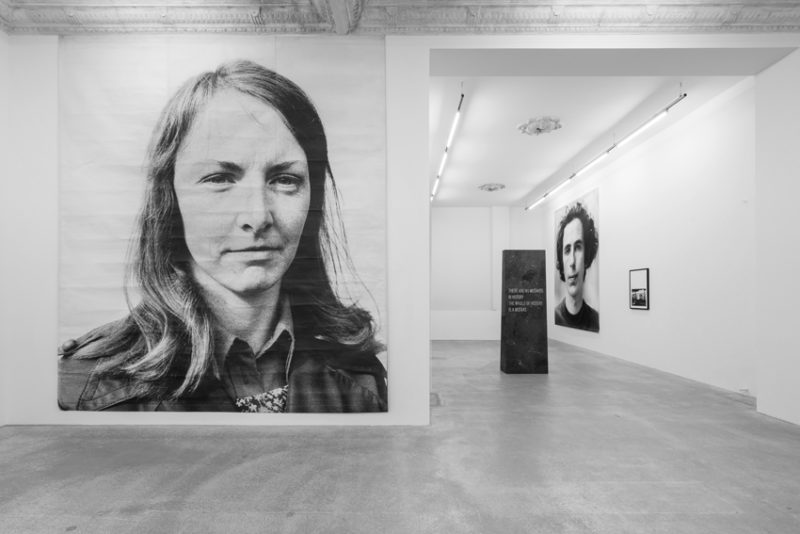
Speaking about the intent behind displaying ordinary people in extraordinary contexts, Dimitrijević said:
What I wanted to do was to create a reversal in meaning, and sometimes this has been successful.
This act of elevating the everyday person to a status of prominence disrupts conventional perceptions of importance and fame, encouraging viewers to reconsider their values and the criteria by which individuals are judged as significant.

Dimitrijević’s philosophical stance
At the core of Braco Dimitrijević’s artistic philosophy is a profound contemplation of history and its making. He famously stated:
There are no mistakes in history. The whole of history is a mistake.
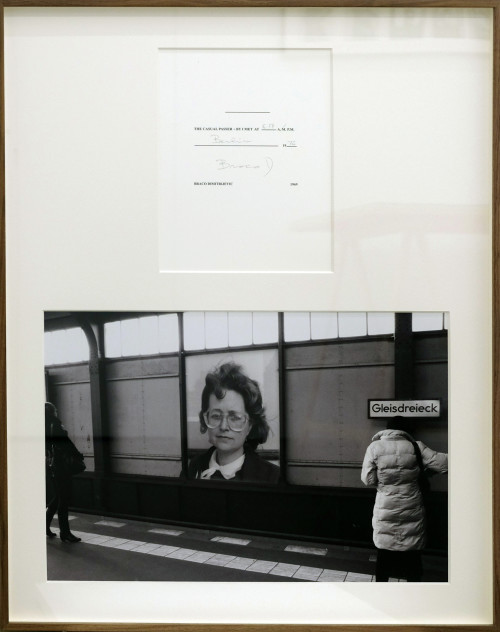
This statement encapsulates his views on the arbitrary nature of historical significance. This philosophical stance is evident in his ‘Casual Passer-By’ series, where he challenges the conventions of who is memorialized in history.
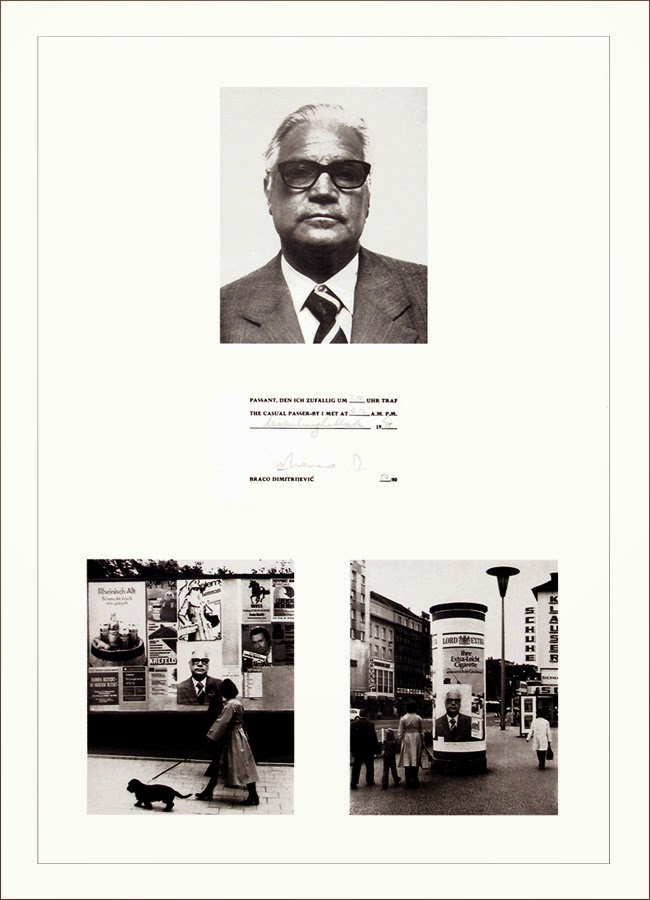
By placing ordinary people in positions of prominence, Dimitrijević questions the criteria by which historical importance is ascribed and underscores the role of chance and randomness in the course of human events. His work invites a reevaluation of how history is recorded and remembered, emphasizing the potential significance in every individual and moment.
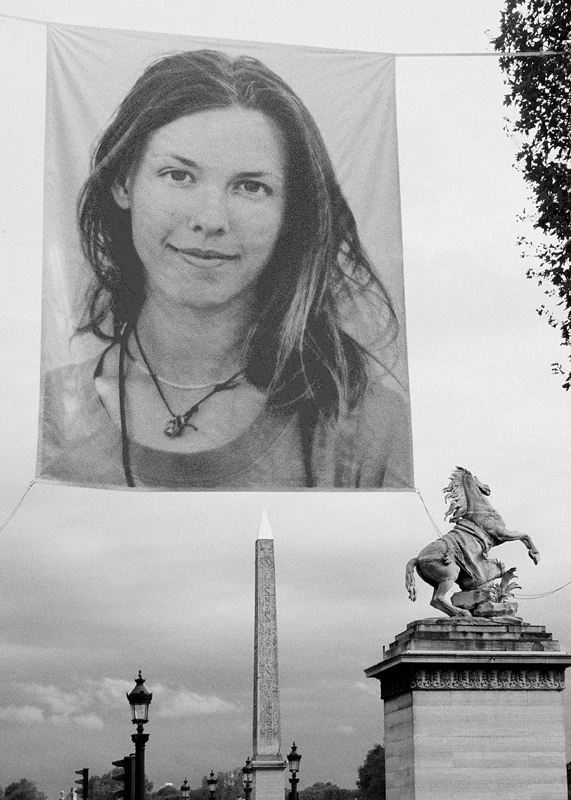
Analysis
The ‘Casual Passer-By’ series by Braco Dimitrijević presents a unique concept where chance encounters with ordinary individuals are transformed into monumental public displays. By photographing random people and exhibiting their portraits in large-scale formats typically reserved for celebrities or historical figures, Dimitrijević redefines public interaction with art.
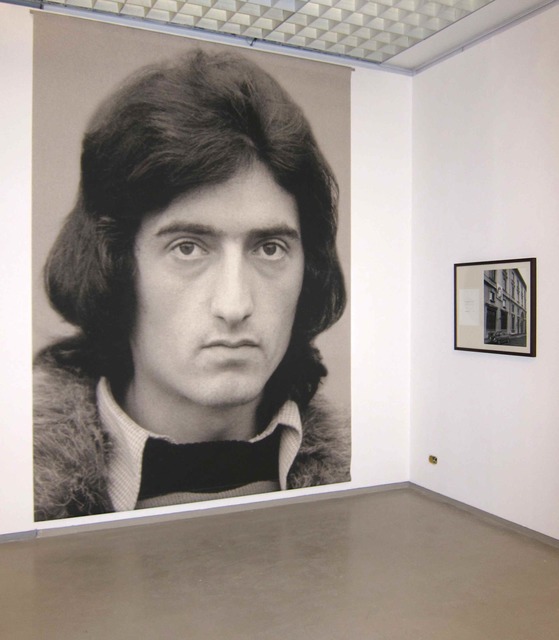
These installations, situated in high-traffic urban areas, invite passers-by to engage with the artwork and reconsider their notions of fame and importance. The series not only blurs the lines between public and art space but also invites viewers to reflect on the value and recognition accorded to everyday individuals in society.

Braco Dimitrijević’s work serves as a profound commentary on society and art. Through his Casual Passer-By series, Dimitrijević reflects on the nature of fame and the arbitrary distinctions that society often makes regarding who deserves recognition. His installations in public spaces bring art into the realm of the ordinary citizen, challenging societal norms about who is celebrated and why.
This approach offers a critique of societal structures and cultural codes, encouraging viewers to question established hierarchies and the often overlooked significance of the individual within the community.
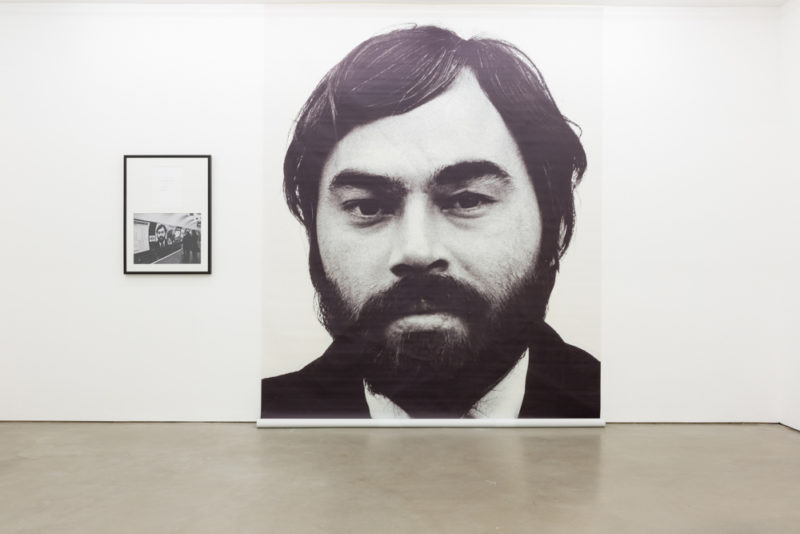
Conclusion
The Casual Passer-By series aimed to reveal the implicit cultural and social codes used to serve the hierarchies of power. Years after leaving Zagreb 7, Braco Dimitrijević continued to use large-scale photographs on canvas to respond to other cultural and political movements.
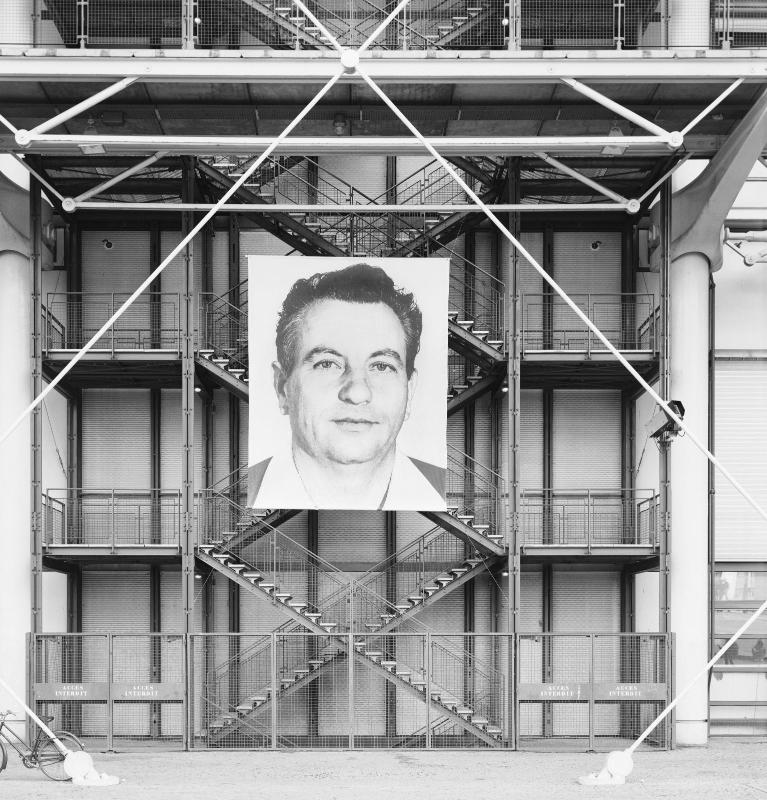
In an interview, Braco Dimitrijevic mentioned that his aim was not to make accidentally-met people famous. His artworks embody the principles of choices from a broad spectrum of possibilities and that of chance.
He clarified the intent behind his artworks as follows:
This is not a pseudo-humanistic story about the glorification of the ‘little man’, but the casually chosen subjects of these works represent undefined possibilities.
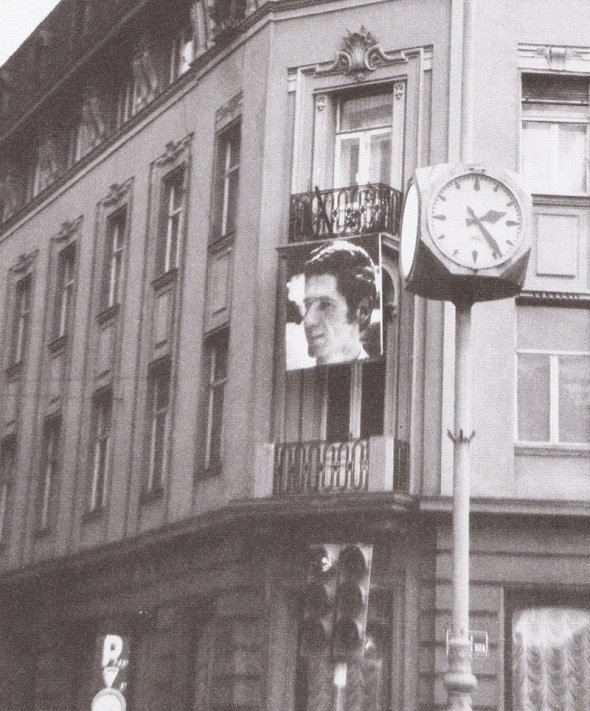
Speaking about his definition of art, Dimitrijevic said 89:
Art is any human activity, that contains an idea other than its utilitarian purpose …
Dimitrijević’s background & artistic evolution
Braco Dimitrijević, born in 1948 in Sarajevo, embarked on his artistic journey at the Zagreb Academy of Art and further honed his skills at St. Martin’s School of Art in London. His fascination with the accidental and everyday life propelled him into the limelight in the early 1970s with his innovative Casual Passer-By series.
These early works laid the foundation for his continued exploration of elevating the ordinary to the extraordinary. Over the years, his artistic repertoire has expanded to include monuments to passers-by, memorial plaques, and the intriguing Triptychos Post Historicus series, which juxtapose artworks with everyday objects and food, creating striking and surreal installations. Currently based in Paris, Dimitrijević’s work continues to evolve, maintaining its unique blend of the mundane and the monumental.
